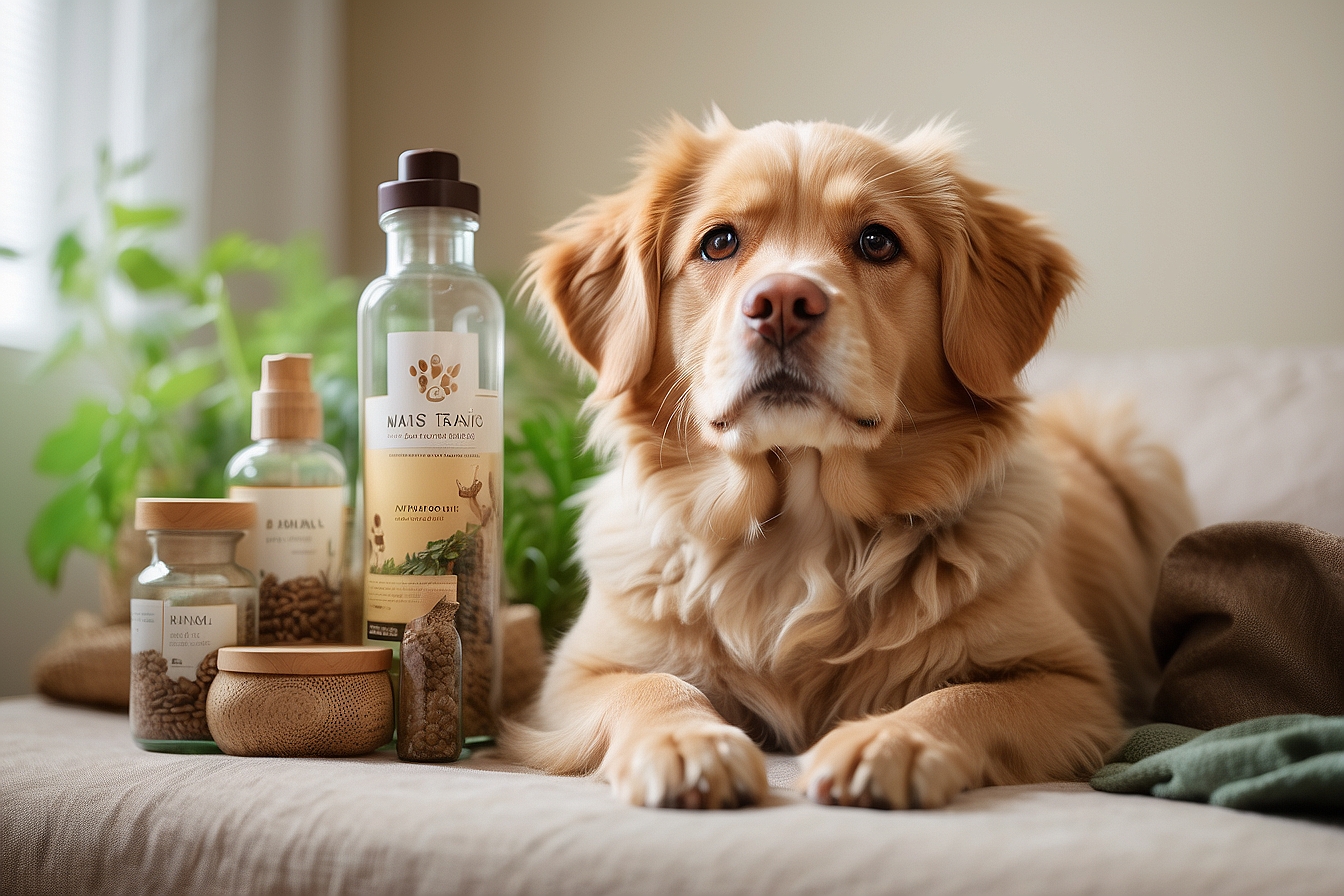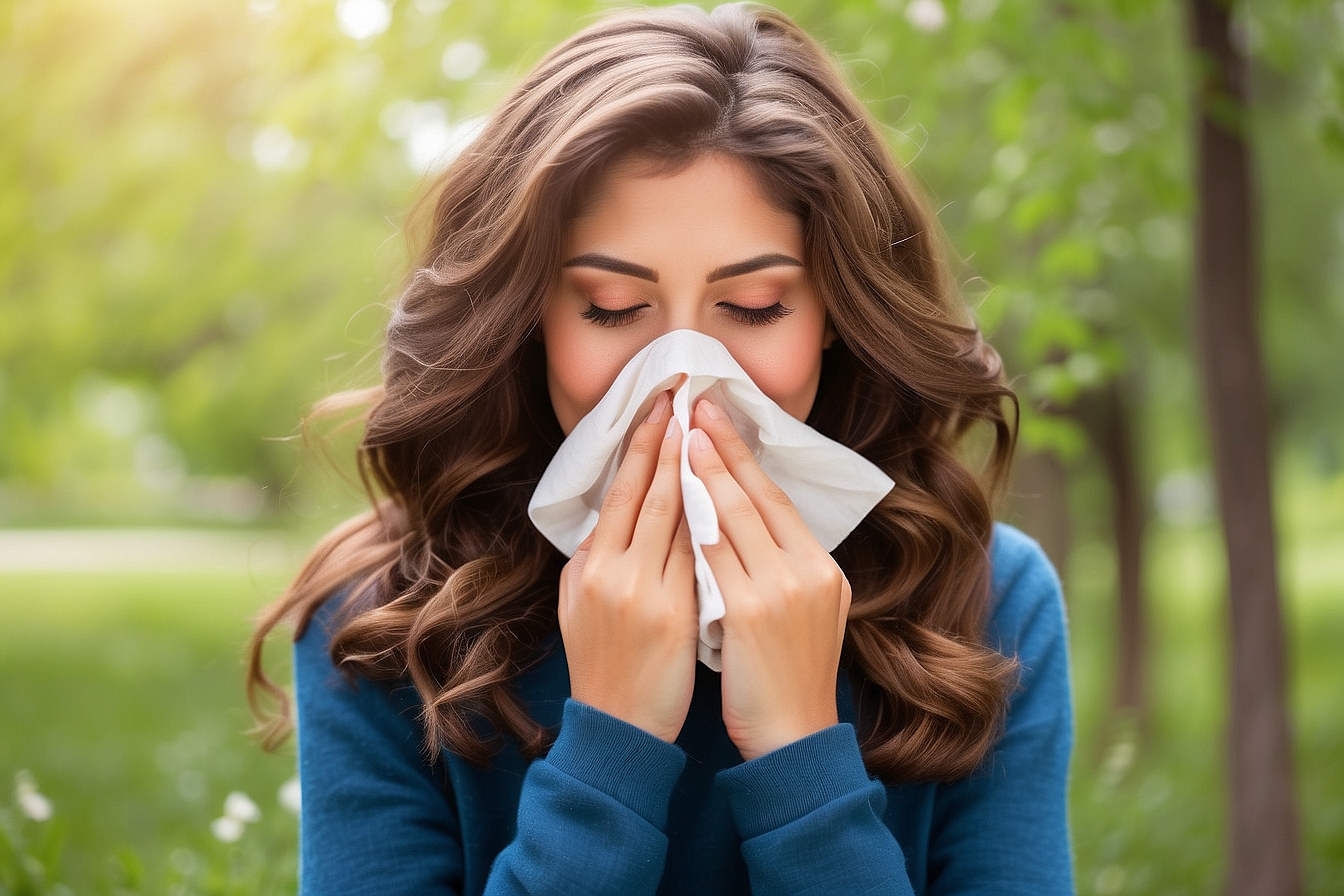Nature abounds with miracle making plants that have revolutionized medicine for centuries. Modern scientific literature has documented over 20,000 medicinal plants 1 that are being investigated or implemented as effective treatments for many illnesses. From the cancer saving properties of tamoxifen,2 to the life saving anti-malarial drug quinine,3 these modern compounds of marvel share a common attribute of being derived directly from nature as natural extracts that were found to grant miraculous properties of healing upon its users.

From the environmentalist’s stand point, however, the discussion of medicinal plant transcends the discussion of medicinal science and rather underscores the species extinction ![]() as early as 1999 determined that current rate of extinction is 1000 times that of the “background”—normal rate of extinction—with estimates going to 10,000 times in the following century. As much as 30% of the animal population is at risk for extinction, with an estimated 90% of large fish having gone extinct in the past half century.4 These are indeed troubling figures, and leaving the moral and philosophical arguments aside, the loss of biodiversity is a practical catastrophe for the purposes of identifying tomorrow’s life saving medicinal plant.
as early as 1999 determined that current rate of extinction is 1000 times that of the “background”—normal rate of extinction—with estimates going to 10,000 times in the following century. As much as 30% of the animal population is at risk for extinction, with an estimated 90% of large fish having gone extinct in the past half century.4 These are indeed troubling figures, and leaving the moral and philosophical arguments aside, the loss of biodiversity is a practical catastrophe for the purposes of identifying tomorrow’s life saving medicinal plant.
The treatment of disease through the identification of medicinal plants can be dated as far back as 60,000 years ago to the age of the Neanderthal.5 For thousands of years, cultures around the world have been experimenting with plant based remedies creating impressive catalogues of potential curative agents against some of the most debilitating diseases.6 While some of these cures may have been dismissed by the scientific community, there are numerous plant based compounds that continue to make important contributions in clinical medicine along with everyday preventative medicine. With the appropriate context in mind, let us take a look at some of the unique plant species that we are greatly benefiting from today.
Clinical Medicine
As of 2007, a total of 91 plant based compounds were in the clinical trials phase of drug development, with a projected market share of 26 billion dollars.7 While there are a huge selection of candidate drugs and well established drugs that are proving to be successful, the following is a concise discussion on some of the important compounds that are saving lives on a daily basis.
1) Artemisinin (Artemisnone) treating Malaria
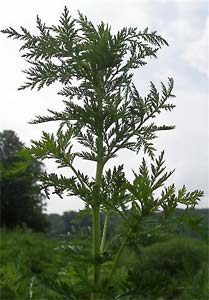 ii
ii
Artemisia annuaMalaria continues to be one of the most devastating diseases around the world, with 660,000 deaths and 219 million cases according to 2010 estimates by the World Health Organization (WHO).8 One of the biggest success stories of plant based remedies came in the form of an extract from the South American cinchona tree known as quinine.9 The bark of this miraculous tree was rife with a compound known to counteract the plasmodium parasite that was causative of malaria, and was claimed to have cleared ancient Rome of malaria as an import by Jesuit priests in 1633. Today, however, more widespread resistance to quinine 10 and the availability of more effective malarial treatments have eclipsed the use of quinine as a first line anti-malarial drug. It is fascinating to note that the next generation of more effective treatments are also plant based, specifically a derivative of the wormwood plant known as artemisnin that is distilled from its leaves.11 The curative properties of wormwood have been well known in early 4th century Chinese medicine, but only relatively recently has its anti-malarial properties been well studied for clinical application. As parasites that feed on iron rich hemoglobin found within human red blood cells, artemisnin is unique in its ability to target the digestive product of hemoglobin in malaria parasite and selectively destroy the parasite through free radical generation and selective inhibition of its organelles. Newer derivatives of artemisnin are currently in Phase II of clinical trials.
2) Paclitaxel treating Breast Cancer and Ovarian Cancer

Pacific yew barkiiiAn important compound in a family of plant based substances known as taxols, paclitaxel is a critical chemotherapy agent administered to breast and ovarian cancer patients. It was first discovered by American surveyor Arthur S. Barclay in 1962, who was among many tasked with the responsibility of surveying plants for medicinal properties under the National Cancer Institute.12 The compound is derived from the bark of the pacific yew tree indigenous to the Pacific Northwest region ![]() of the U.S., and curiously the compound is actually synthesized by a fungus found within the bark of the pacific yew tree.13 Paclitaxel works by interfering with microtubule function within massively proliferating cells. Microtubules are responsible for a range of cellular functions, and their dynamic motility relies upon the ability of microtubules to freely disintegrate and reform based on the type of cellular function. Paclitaxel curiously hyperstabilizes microtubules,14 thereby dramatically inhibiting cellular function in cancer cells by effectively freezing the microtubules from changing their form. The drug is usually delivered intravenously, and continues to be a first line treatment option against ovarian cancers. Several paclitaxel derivatives are undergoing phase II and phase III trials.
of the U.S., and curiously the compound is actually synthesized by a fungus found within the bark of the pacific yew tree.13 Paclitaxel works by interfering with microtubule function within massively proliferating cells. Microtubules are responsible for a range of cellular functions, and their dynamic motility relies upon the ability of microtubules to freely disintegrate and reform based on the type of cellular function. Paclitaxel curiously hyperstabilizes microtubules,14 thereby dramatically inhibiting cellular function in cancer cells by effectively freezing the microtubules from changing their form. The drug is usually delivered intravenously, and continues to be a first line treatment option against ovarian cancers. Several paclitaxel derivatives are undergoing phase II and phase III trials.
3) Physostigmine treating Dementia/Alzheimer’s Disease
As an extract from the calabar bean—which can actually be poisonous at high doses 15—it is ironic that physostigmine is being formulated as a treatment against Alzheimer’s. The compound shares a very peculiar history dating as far back in the Western world as 1846 in the botanical gardens of Edinburgh, Scotland. Prior to this, however, the bean containing the active compound was used by African tribes to check for evil spirits in individuals who were unable to regurgitate the bean and survive the ordeal.16 As a cholinesterase inhibitory that is able to pass the blood-brain barrier,17 a variety of medical purposes have been investigated for this compound. A cholinesterase is an enzyme specifically designed to break down neurotransmitters such as acetylcholine,18 critical to neural transmissions in the brain and body. Therefore an inhibitor of a cholinesterase enzyme such as physostigmine is designed to increase the levels of acetylcholine between nerve synapses and promote greater neural stimulation.
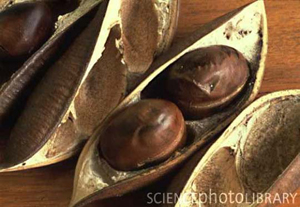
Calabar Beaniv
One theory proposed for the progression of Alzheimer’s is the progressive loss of cholinergic neurons that respond to acetylcholine.19 The lack of proper neural stimulation from this loss may be counteracted by increasing the supply of the neurotransmitter through cholinesterase inhibitors like physostigmine, thereby potentially preserving the neural response among fewer neurons that can receive the acetylcholine signal. The use of physostigmine is still fairly controversial in clinical medicine, specifically due to the potential adverse side effects from the compound’s hyper stimulating activity. Indeed, the challenge is in isolating the activity of this inhibitor to the brain instead of the body, and research is still being conducted in a treatment that may prolong the complete onset of a disease that is the 6th largest killer in the United States.20
Everyday Medicine
There is an enormous variety of plant based substances that can be beneficial on an everyday basis. Staying relatively outside the clinical setting, here is a small cross section of a few plants that can be grown in home gardens that may possess long term healing properties.
1) Neem
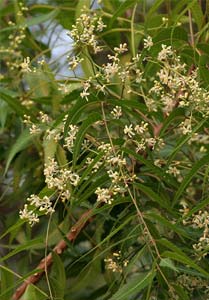
Artemisia annuavAs a plant indigenous to India,21 neem’s diverse healing qualities have been well known for many centuries and relatively recently has come to the attention of the Western world. As a plant, neem is unique in its diverse healing qualities that extend to multiple plant parts such the leaf, bark and seeds. Leaf extracts have been used to treat intestinal worms, diabetes, gum disease, heart disease and stomach upsets.22 The bark can be used against intestinal ulcers, the flower against parasites, and the fruit against hemorrhoids and urinary tract disorders. In fact, it has been documented that peoples of the tropics have used neem branches as an early kind of toothbrush to kill oral bacteria. Neem has also been reported to possess insecticidal activity, thereby making it an ideal garden plant with a multitude of health benefits.
2) Dandelion
It would seem that a flower seen among weeds would be the last thing on earth to possess medicinal qualities, but in fact dandelion leaves have been historically used by Native Americans, Europeans and the Chinese against liver disease.23 Its extracts have also been used in treating eczema, heart burn and stomach pains. Part of this might be attributed to the fact that dandelion is a natural supplement, containing a cocktail of vitamin A,B, C,D as well as essential minerals like iron, zinc, and potassium.24 Oddly enough, its roots are used in some coffee preparations and its flowers are sometimes used in wine making.
3) Elderberry
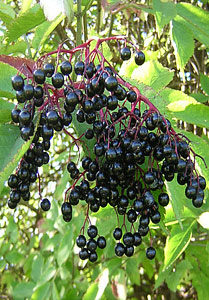
ElderberryviNative to Europe, elderberry can be easily recognized by the numerous purple round berries it possesses. Although the seeds, leaves, and roots are poisonous in their raw uncooked form due to high cyanide levels, preparations of elderberry have been used as powerful antioxidants shown to improve immune response and combat the flu.25 Flavonoids compounds in particular have been implicated in Elderberry’s therapeutic properties,26 and some research suggests that these compounds may disrupt the ability of the flu virus to infect a cell through a receptor mediated process. In addition, elderberry extracts have been used to treat visual impairments and lower cholesterol, and as a berry they also have a unique and appetizing taste making this a very mild medication for the palate.
4) Feverfew
As the name suggests, feverfew is a temperate perennial 27 that has been historically used for treating fever,28 although its most well documented healing properties has been against migraines. Unmistakable for its brilliant yellow flowers, the plant is native to part of Europe and the Balkan Peninsula 29 and its leaves have been identified as the source of numerous healing properties used to combat a multitude of diseases. Apart from migraines, feverfew has been used against arthritis, psoriasis, asthma, common cold and anemia to name a few. Among the many potential compounds involved it its healing abilities, parthenolide 30 is one that has been linked to the plant’s migraine mitigating properties.
Our Environment and our Health
The environment continues to be one of the most significant sources of healing, forming the basis for relief and survival against some of the harshest disease agents around the globe. Having just scratched the surface, the effects of climate change ![]() being ever so apparent, it is our decisions and responsibilities today that safeguards the cures for tomorrow.
being ever so apparent, it is our decisions and responsibilities today that safeguards the cures for tomorrow.


